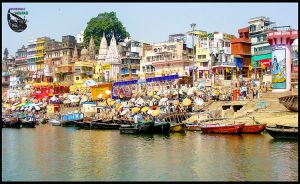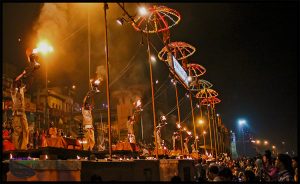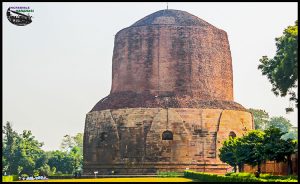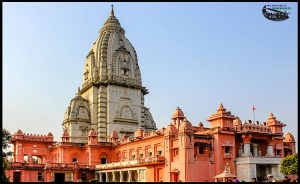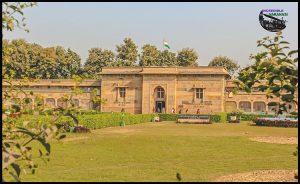Varanasi, the cultural capital of India, has lot of buildings and streets dating back to many centuries and still standing tall in the amidst of the city’s changing ethos. Many mighty kings, regional rulers and wealthy merchants visited Varanasi in their lifetime and built something interesting in the city. Sadly, a lot of the historical structure were destroyed by the invaders subsequently and many of the remaining structure are in dilapidated state in the city.
At present, following attractions can be considered as the significant monuments in the city of Varanasi:
1. Ramnagar Fort: The fort palace of Ramnagar is situated on the river bank and provides a great view of Varanasi and the Ganga. The vibrant and colourful structure of the fort is built in typical Mughal style with creamy-colored chunar sandstone. The fort houses the Veda Vyasa Temple, a museum, and the king’s residential complex. Only a part of the structure is open for public viewing as the rest of it is the residence of Kashi Naresh.
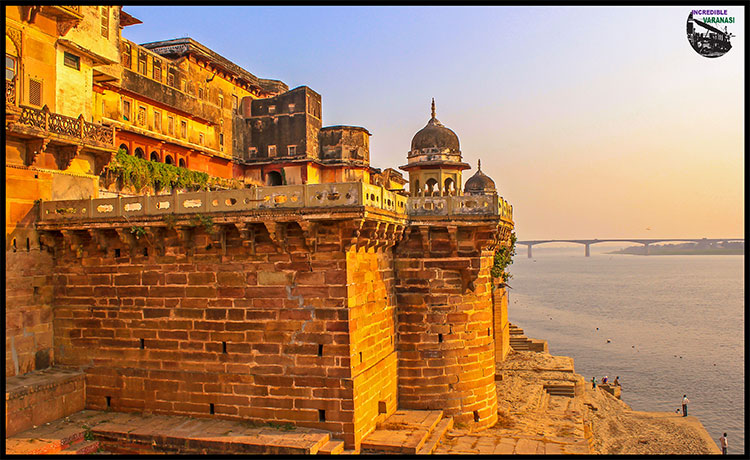
2. Tomb of Lal Khan (Lal Khan ka Rauja): Built in 1773, this tomb is the memorial of Lal Khan, an army commander of Kashi Naresh (The King of Kashi). The tomb is located just near the beginning of the Malviya Bridge, Rajghat in the Varanasi city side. In the midst of crowded traffic at Malviya Bridge and the coal unloading at Kashi Railway Station, the tomb still looks grand inside a grilled enclosure with green tress and blooming flowers.
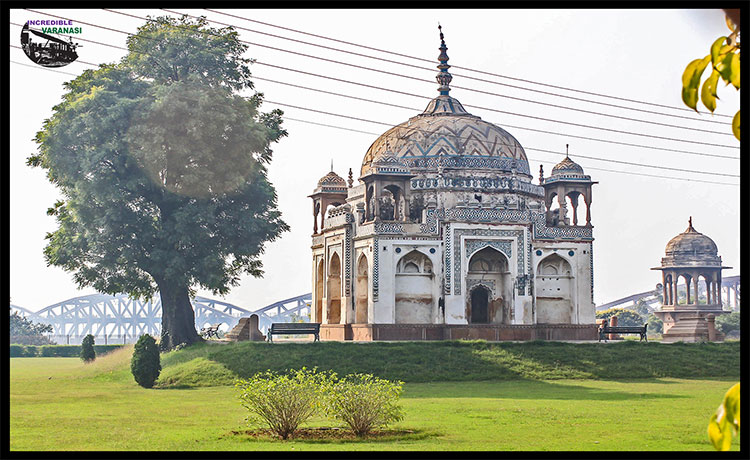
3. Dhamekh Stupa: The word Dhamekh is derived from Sanskrit dharamrekha and from Pali dhammekkha ‘The beholding of Dharma’ summed up in the first sermon preached by the Buddha at this place. The Dhamekh Stupa is a solid cylindrical tower, 93 feet in diameter at base and 143 feet in height including its foundations. The basement of the structure above the brick foundations is of stone work, while the upper part is of bricks. The stones in each layer were bonded together by means of the iron clamps.
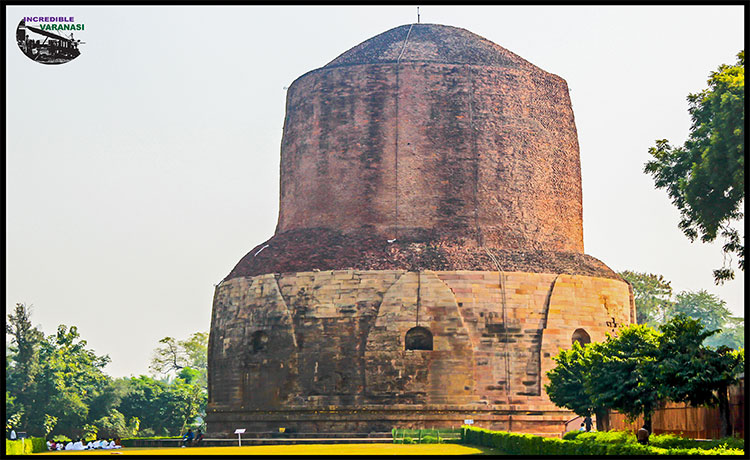
Presumably the base of the Stupa dates back to the Ashokan period. Dhamekh Stupa was originally built in 249 BCE during the reign of King Ashoka of the Maurya Dynasty. It was rebulit in the 5th century and many additions and modifications have been carried out from time to time.
4. Chaukhandi Stupa: While going to Sarnath, this is the first structure that the visitors find to the left side of the road. It looks like an Octagonal brick tower on a small mud hill. The base of the hill is covered by the brick walls. The whole structure looks really beautiful during the sunset. It is believed that it was a memorial stupa perhaps erected on the spot where Lord Buddha on hisway to Mrigadava first met his five friends. (Whom he delivered the first sermon . The five people was called as Panchabhadravargiyas, i.e., the five of the blessed band). According to Hiuen Tsang, the height of the Stupa was 300 feet. The present height of the Stupa including the octagonal tower is 84 feet from the level of the ground.
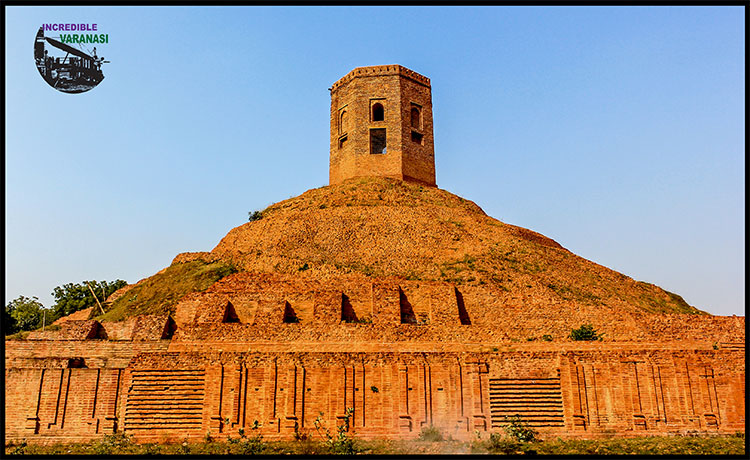
The octagonal tower surmounting the Stupa was constructed by Emperor Akbar to commemorate a visit paid by his father Humayun to that place. In 1836, Sir Alexander Cunningham drove a vertical shaft through its centre down to the foundation in search of a relic chamber, but his digging did not lead to any discovery.
5. Ganga Mahal Palace: The palace was constructed in 1830 by the Maharaja of Banaras. The architectural style of this palace is a wonderful mixture of Rajput style and the local traditional style. The palace is situated on the bank of Ganga River near Assi Ghat. A stone steps between Asi and palace separates the two ghats.
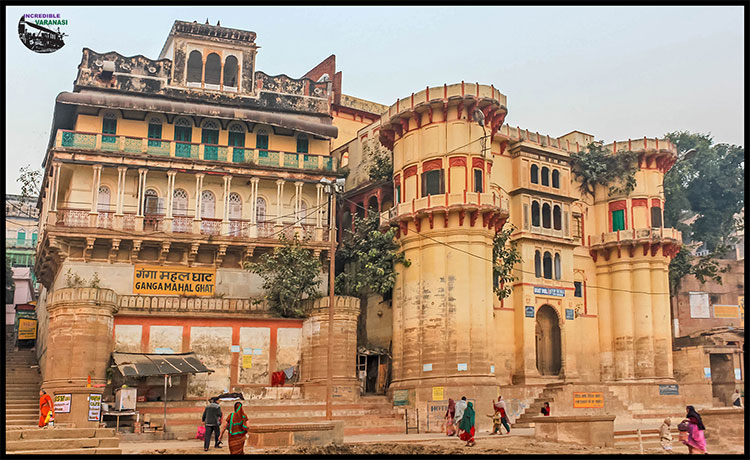
6. Chet Singh Fort: This ghat derived its name from Maharaja Chet Singh of Banaras. A fort-cum-old palatial building is there on the river bank. This fort witnessed a fierce battle between the troops of Maharaja Chet Singh and Warren Hestings in 1781, that resulted to the defeat of Chet Singh. The building is now in a very dilapidated state and losing its old charm and historical significance.
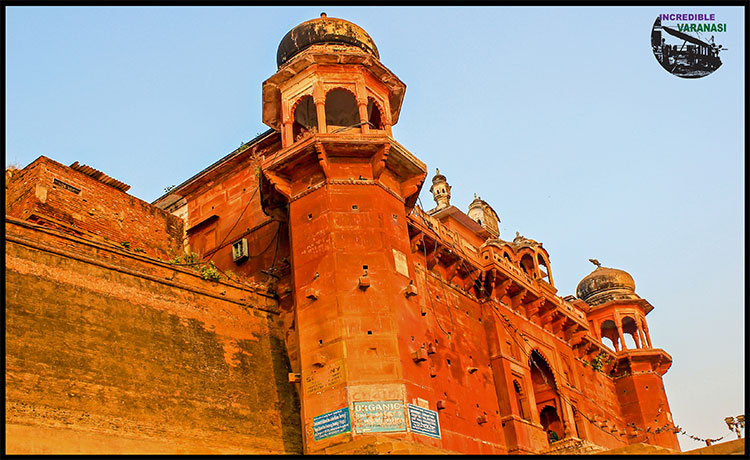
7. Man Mandir Ghat: This ghat is named after the King Sawai Man Singh of Amber (in Rajasthan), who built a magnificent building with exquisite, ornately carved window carvings. The porches and windows of the palace are excellent example of medieval period Rajput and Durg styles.
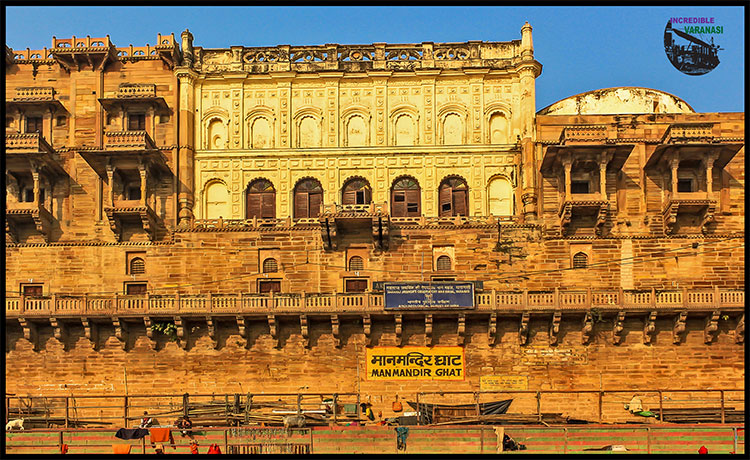
Later, on the top of the palatial building, the King Sawai Jai Singh built a famous astronomical observatory, famous as Jantar-Mantar of Varanasi. The giant stone instruments were built to study the movement of the sun, the moon, the stars and other heavenly bodies. Total five observatories were built in the cities of Delhi, Ujjain, Mathura, Varanasi and Jaipur. Jantar-Mantar of Jaipur is now a UNESCO World Hetritage Site. But the observatory of Varanasi is in very bad shape now. Most of the copper plates marking angles on the circumference of the instruments have fallen apart, and many of them have already lost their portions. However, the roof of the observatory provides a magnificent view of the river and other nearby ghats.


